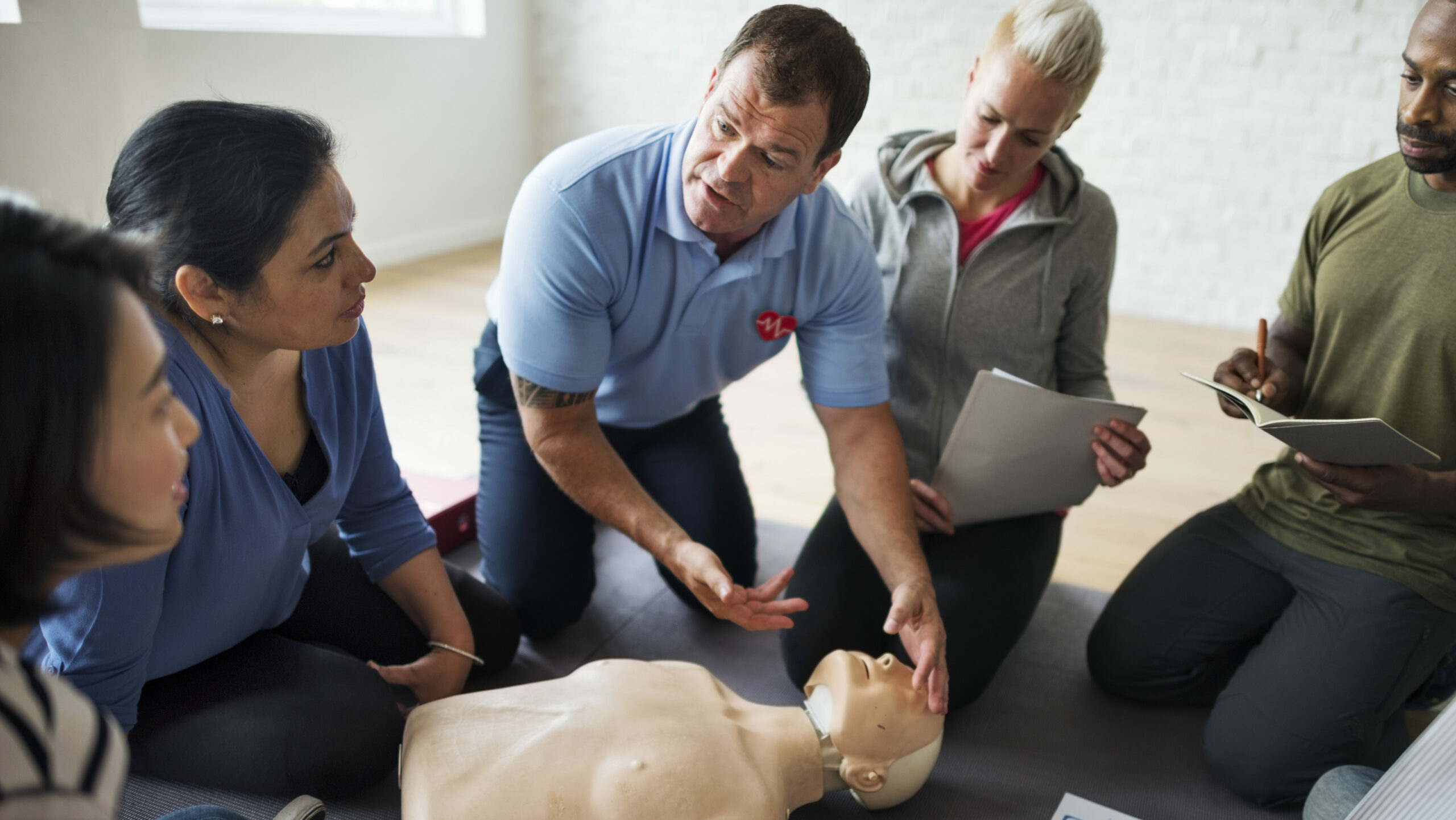Introduction
In our fast-paced world, emergency situations can strike without caution. Whether it's a minor injury, a clinical emergency, or a deadly circumstance, recognizing just how to give first aid can make all the distinction. This is where a First Aid course enters into play. Lots of people might question what they can gain from such training, and this write-up aims to shed light on that.
By register in a First Aid and mouth-to-mouth resuscitation course, you do not just discover bandaging injuries or performing CPR; you furnish on your own with vital abilities that can conserve lives. So, just what will you discover in an extensive course? Let's study the details.
First Help Basics: What You'll Find out in a Thorough Course
Understanding First Aid
What is Initial Aid?
First aid refers to the first assistance provided to someone struggling with an injury or illness till specialist medical assistance arrives. It includes numerous strategies and skills varying from easy wound like lifesaving strategies like CPR (Cardiopulmonary Resuscitation).
Importance of Emergency treatment Training
Why Should You Take a First Aid Course?
Taking a First Aid course is essential for a number of reasons:
- Confidence: Recognizing how to react in emergency situations can impart confidence. Life-Saving Abilities: The ability to execute mouth-to-mouth resuscitation or help with choking can save lives. Career Innovation: Numerous careers need qualification in very first aid. Community Obligation: Learning ways you can help others effectively.
Overview of CPR
What is CPR?
CPR, or First Aid Course Midland Cardiopulmonary Resuscitation, is an emergency situation treatment performed when a person's heartbeat or breathing has actually stopped. It incorporates upper body compressions with rescue breaths to keep blood flow and oxygenation till expert aid arrives.
The Structure of a Comprehensive Emergency Treatment Course
What Does an Emergency treatment Course Include?
A well-rounded First Help and mouth-to-mouth resuscitation course commonly covers the following subjects:
Introduction to First Aid Legal and Ethical Considerations Scene Safety Basic Life Support (BLS) CPR Techniques Choking Relief Wound Treatment Management https://rentry.co/u24adn9s Burn Treatment Managing Shock Recognizing Medical Emergencies Using an Automated External Defibrillator (AED)Legal Elements of First Aid
Are There Legal Implications Involved in Giving First Aid?
Yes, giving first aid does bring lawful duties known as "Do-gooder legislations." These legislations safeguard people who aid others in emergencies, provided their actions are practical and not reckless.
Scene Security: The Initial Step
How Do You Make certain Scene Safety?
Ensuring scene safety and security involves analyzing the setting before coming close to the victim:
- Look for potential risks (traffic, fire). Make sure it's safe for both you and the victim.
Basic Life Assistance (BLS)
What Role Does BLS Play in Emergency Situation Situations?
Basic Life Support includes the fundamentals of keeping life features up until further clinical assistance shows up. This area covers crucial abilities such as:
- Checking responsiveness Activating emergency services Performing high-grade chest compressions
Advanced mouth-to-mouth resuscitation Techniques
What Are Advanced Techniques Covered in Mouth-to-mouth Resuscitation Courses?

Advanced strategies may consist of:
- Two-rescuer CPR Use of obstacle tools for rescue breaths Special considerations for infants and kids
Choking Relief Techniques
How Do You Assist Someone That is Choking?
Choking relief entails two important methods:

Wound Treatment Management
How Do You Appropriately Handle Wounds?
Effective injury monitoring involves:
- Cleaning the injury with saline or clean water. Applying antibiotic ointment. Covering it with sterilized dressings.
Burn Treatment
What Work Approaches for Dealing With Burns?
Burn treatment differs by level:
Cool the burn under running water. Cover it with non-stick dressings. Seek medical attention for severe cases.Managing Shock
How Is Shock Acknowledged and Treated?
Recognizing shock includes looking for symptoms like light skin, rapid pulse, or confusion:
Lay the person down. Elevate their legs unless there are injuries avoiding this. Keep them relax till aid arrives.Recognizing Clinical Emergencies
What Kinds of Medical Emergencies Ought To You Realize Of?
Common medical emergency situations include:
- Heart strikes Stroke Severe allergies Comprehending these problems aids you act quickly.
Using an Automated External Defibrillator (AED)
How Do You Use an AED Correctly?
Using an AED involves transforming it on, affixing pads according to pictures on the device, and following voice triggers carefully.

Importance of Continual Learning
Why Is Constant Knowing Important in Emergency Treatment Training?
Continuous understanding guarantees you stay updated on best practices and brand-new protocols in first aid care.
FAQs About First Aid Courses
What Is Included in a Standard Emergency Treatment Course?- A basic course usually covers fundamental life assistance, injury monitoring, choking alleviation strategies, and lawful considerations.
- Most training courses range from 6 hours to 16 hours depending upon the deepness of material covered.
- Yes, upon successful completion of many courses, individuals get a first aid certificate, which is normally valid for 2 years.
- Yes! Numerous organizations supply online training courses that give versatile knowing settings while still being effective.
- Absolutely! Hands-on method is important for grasping skills like chest compressions and making use of AEDs effectively.
- Generally, there are no age limitations; however, participants need to be mentally qualified to find out these life-saving abilities effectively.
Conclusion
Enrolling in an extensive emergency treatment course outfits people with important knowledge that can conserve lives throughout emergency situations-- whether in your home, job, or out in public areas! From recognizing basic life assistance procedures like mouth-to-mouth resuscitation to discovering how to manage wounds appropriately or acknowledge indicators of shock-- these courses offer indispensable training that any person can profit from!
As we navigate via our lives filled with unpredictability-- what better method than preparing ourselves through knowledge gained from organized training sessions concentrated on saving lives?
In verdict-- if you're contemplating taking up any kind of kind of first-aid training-- never ever think twice! Outfit on your own today with these powerful tools because preparedness truly makes all the difference when every 2nd counts!